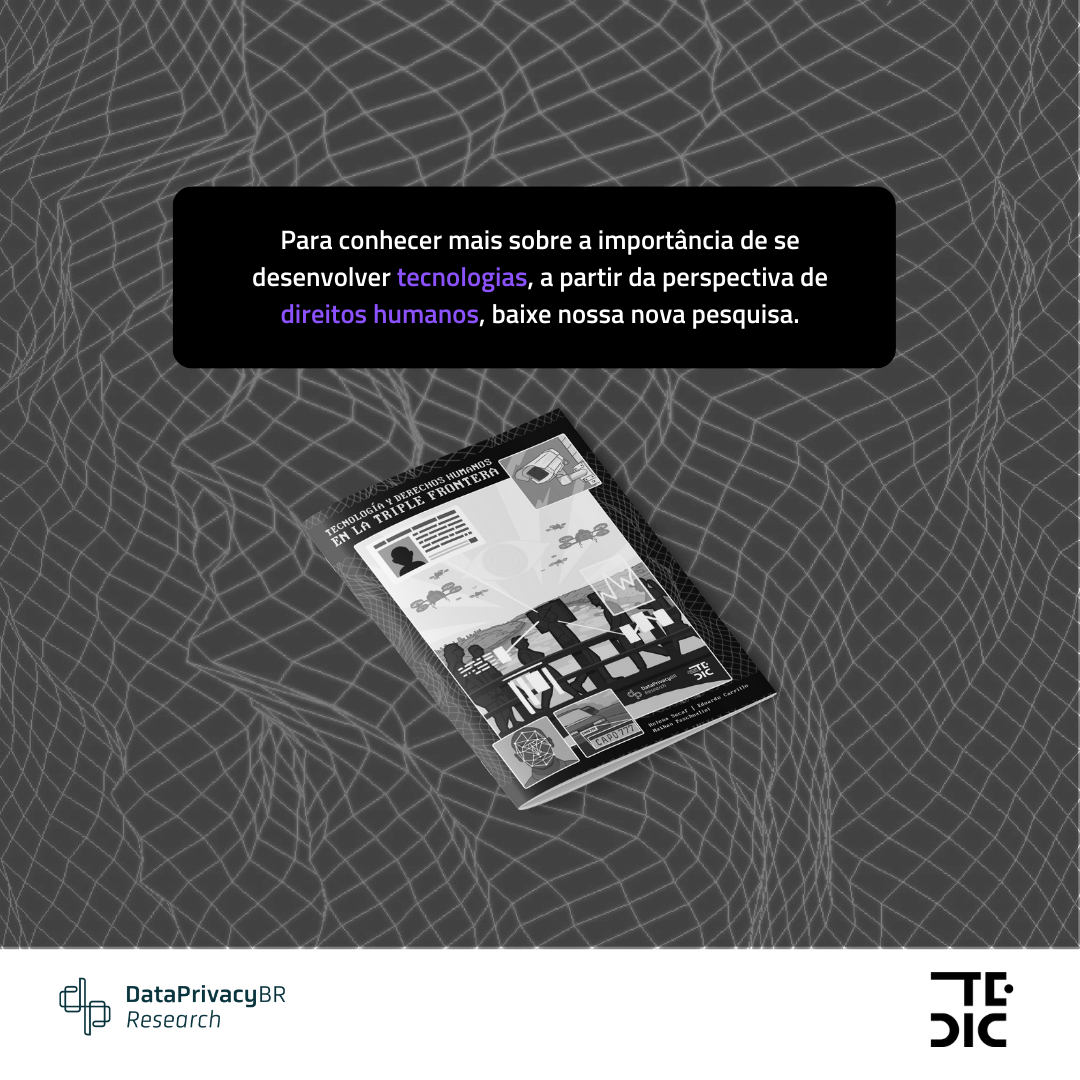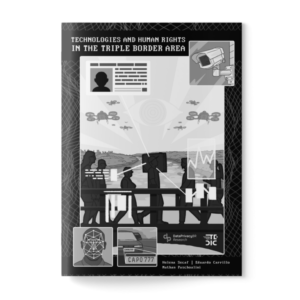| Borders, Technology and Human Rights: opening border control programs to citizen participation | Asymmetries and Power
Technology and Human Rights in Border Zones

The increasing deployment of biometric technologies for border and customs control is an internationally observable trend. This growth is driven by a narrative of efficiency, which, potentially, carries with it risks to human rights and to data protection. Within this context, Data Privacy Research Association, together with Tedic – Tecnología y Comunidad, launchs the report “Technologies and Human Rights in Triple Border Area: An exploratory study of the security programmes Muralha Inteligente (Brazil) and the Automated Migratory System for Facial Recognition (Paraguay)”.
This report is a result from a research project developed simultaneously in Brazil and in Paraguay, and it aims to characterize two systems implemented at the border region of both countries: Muralha Inteligente and Automated Migratory System for Facial Recognition (SMARF). Muralha Inteligente is a project inserted in a broader initiative called “Fronteira Tech, which aims to implement, research and develop intelligent technological solutions to help in the fight against smuggling, fraud and trafficking of weapons and drugs in the Triple Border Area. The SMARF, by its turn, is characterized as a new technology for border control, implemented by the Paraguayan government in 2020, it consists of an automated mechanism, based on facial recognition, that registers people who cross the Paraguayan border.
Based on a documentary review, Freedom of Information Act requests, and interviews, this research took an in-depth look at how both systems are structured, as well as the governmental relations and justifications for the development and implementation of the Muralha Inteligente and SMARF programs. In order to expand the public understanding of both systems, this report, with a focus on fundamental rights, highlights and elucidates the intersections between personal data protection, customs and border control, and other human rights.
To access details about the report in Spanish, visit our partner Tedic’s website here. (Para obtener detalles del informe en español, visite el sitio web de TEDIC aquí.)
Read the complete investigation here!
¡Leé la investigación completa aquí!
DataPrivacyBr Research | Content under licensing CC BY-SA 4.0

